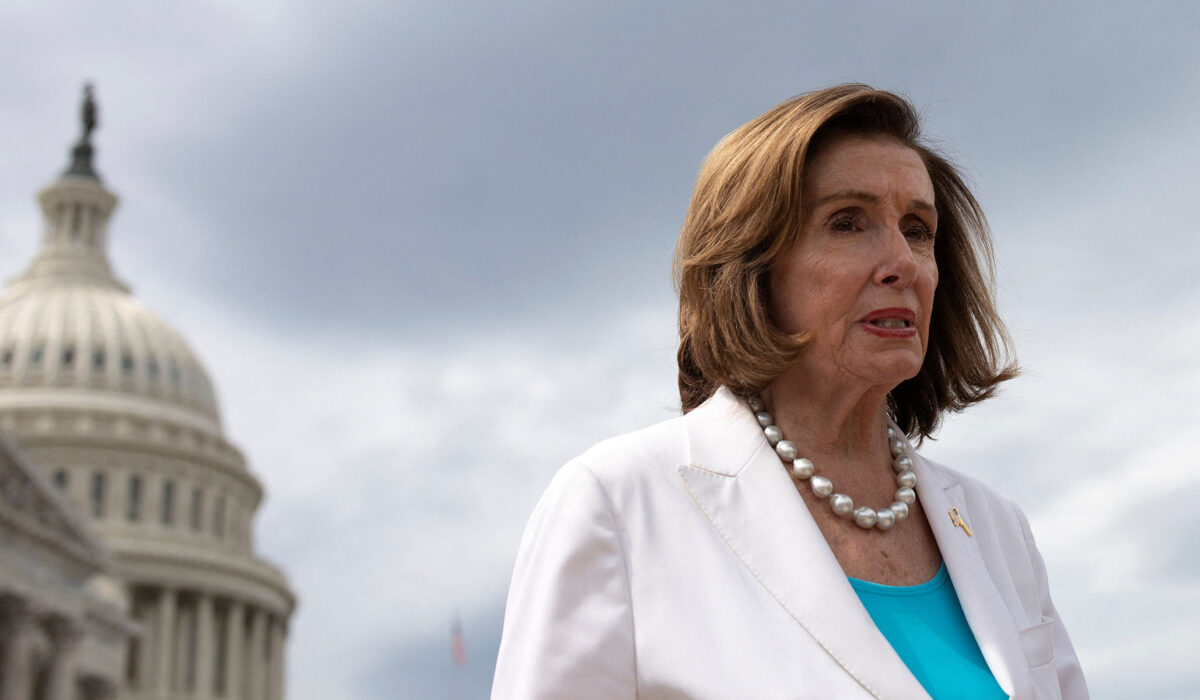Nancy Pelosi: A Republican Take on an Unstoppable House Operator
Nancy Pelosi has been called “the most effective Democratic legislator since LBJ,” and for Republicans that phrase carries a mix of grudging respect and clear concern. She mastered the House, turned procedure into power, and built a durable Democratic machine in Congress. That effectiveness changed how Washington works, for better framing and for harder fights.
Pelosi’s strengths were obvious in plain strategies Republicans saw every day: command of rules, timing, and messaging. She used the gavel and the calendar to steer priorities and to shield her caucus when needed. Those abilities made her a resilient leader during divided government.
Fundraising and organization rounded out her toolkit, keeping vulnerable members safe and maintaining narrow majorities. Money buys time in politics, and Pelosi knew when to spend it to protect the House agenda. That translated into policy wins even when the margin for error was tiny.
On substance, she shepherded major Democratic priorities through a fragmented chamber and often a hostile Senate. From budgetary fights to high-profile investigations, Pelosi’s approach ensured that her party’s version of events dominated the headlines. For Republicans, that meant constant counter-strategy and damage control.
Her role in impeachment proceedings showcased strategic patience combined with tough partisan tactics. Republicans viewed those moves as politically motivated, while Democrats framed them as constitutional duty. Either way, Pelosi controlled the tempo and chose the moments to escalate, which is a powerful position.
Pelosi also centralized power within the Democratic caucus, which frustrated some progressives and rewarded pragmatists willing to follow her lead. That centralization stabilized votes but narrowed debate, producing unity at the cost of internal dissent. Republicans often criticized this as top-down control, a contrast to their calls for decentralized decision-making.
Her legacy includes policy outcomes that reshaped federal spending, regulations, and judicial confirmations. Republicans point to increased federal reach and regulatory burdens as consequences of her leadership. Conservatives mobilized in response, making Pelosi a major motivating factor for GOP voters.
At the same time, her political talents created openings for Republican messaging and electoral strategy. Opponents used her prominence to nationalize local races and to link incumbents to decisions made in Washington. That dynamic helped fuel competitive midterms and sharpened GOP campaign themes about accountability and taxes.
Looking at tactics, Pelosi’s mastery of parliamentary procedure turned routine steps into decisive moves. Republicans learned to anticipate and counter these maneuvers, sometimes forcing compromises and other times suffering losses. Those lessons changed how Republicans prepare for big showdowns in the House.
The long view sees Pelosi as both architect and lightning rod: a leader who could deliver complex legislation and a symbol Republicans rallied against. Her career altered political playbooks on both sides, raising the stakes of every major vote. For conservatives, defeating her agenda meant adapting strategy and sharpening ideological contrast.
In practical terms, her era demanded a Republican response that blended policy clarity with procedural savvy. That response has reshaped GOP recruiting, messaging, and legislative priorities at every level. Pelosi’s imprint on Washington is undeniable, and Republicans will keep adjusting to the blueprint she left behind.

